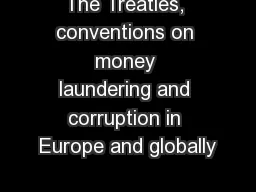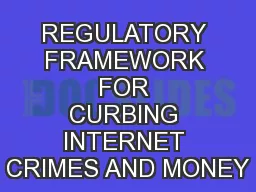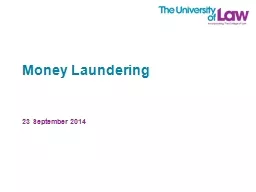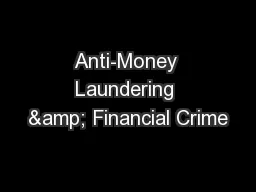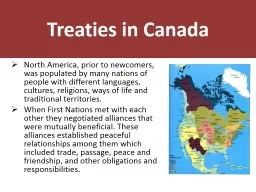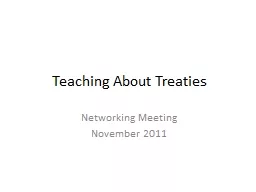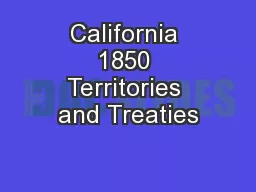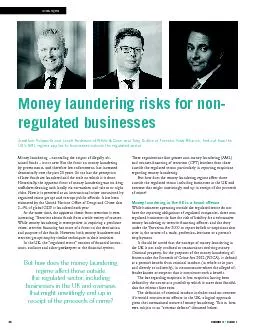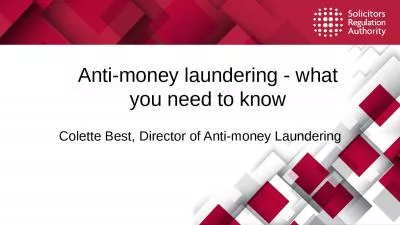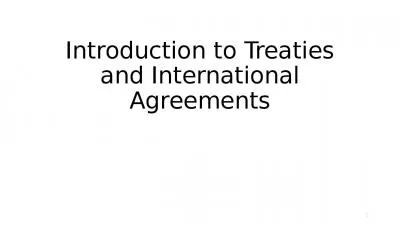PPT-The Treaties, conventions on money laundering and corruption in Europe and globally
Author : stefany-barnette | Published Date : 2018-03-12
Fight against organised crime and corruption strengthening the prosecutors network March4th7 th 2014 Skopje Macedonia Mona Konecny Public Prosecution Office
Presentation Embed Code
Download Presentation
Download Presentation The PPT/PDF document "The Treaties, conventions on money laund..." is the property of its rightful owner. Permission is granted to download and print the materials on this website for personal, non-commercial use only, and to display it on your personal computer provided you do not modify the materials and that you retain all copyright notices contained in the materials. By downloading content from our website, you accept the terms of this agreement.
The Treaties, conventions on money laundering and corruption in Europe and globally: Transcript
Download Rules Of Document
"The Treaties, conventions on money laundering and corruption in Europe and globally"The content belongs to its owner. You may download and print it for personal use, without modification, and keep all copyright notices. By downloading, you agree to these terms.
Related Documents

